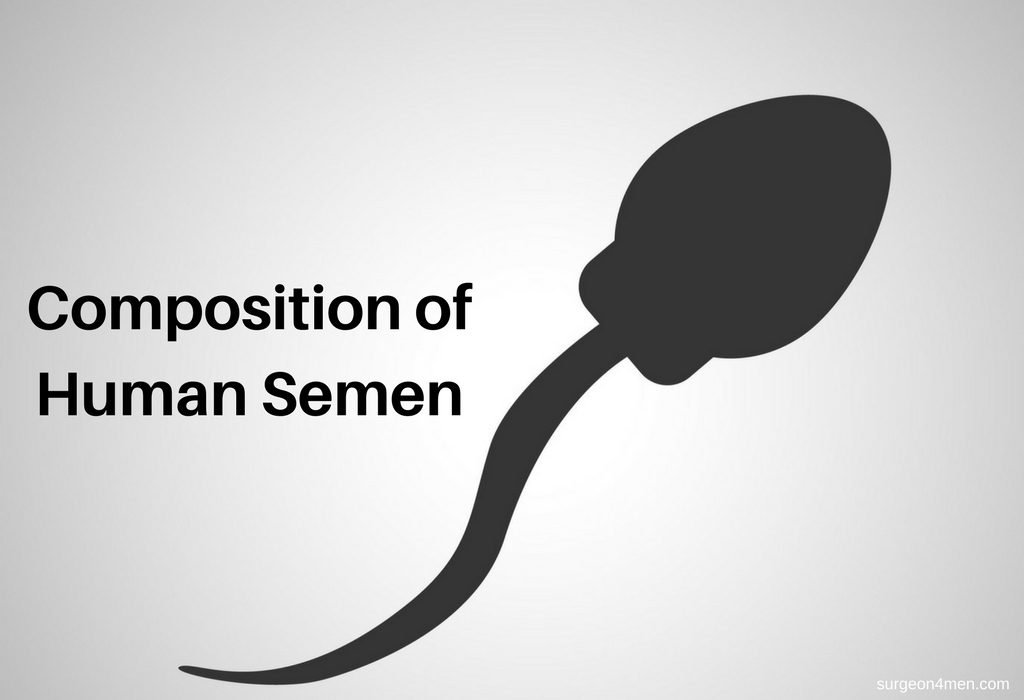Composition of Human Semen
Semen is a bodily fluid emitted from the urethra. It is described as a gray or white fluid that is released during ejaculation. Semen is important for sexual reproduction because it contains sperm that fertilizes the female ova, leading to conception. Before ejaculation, these sperm mixes with fluids from the male reproductive organs such as the testes, seminal vesicles, prostate gland, and the bulbourethral glands. Altogether, these form the semen. During ejaculation, the average volume of semen is about 2-5ml, with each ejaculation containing 40-600 million sperm depending both on volume and time of ejaculation.
Formation of Human Semen
The testes secrete semen, which accounts for 2-5% of overall levels. Moreover, the testes contribute around 200-500 million sperms or spermatozoa.
The seminal vesicles produce seminal fluids, which are viscous and rich in fructose, and make up 65-75% of the semen. The fluids provide sugar for energy, prostaglandins for suppressing the female immune system, citrate, amino acids, Flavin, enzymes, proteins, vitamin C, and phosphorylcholine.
The prostate glands’ secretions contribute citric acid, zinc, acid phosphatase, prostate-specific antigen, and proteolytic enzymes. This makes up 25-30% of the semen. The production of zinc is important for stabilizing chromatin because it houses the DNA of sperm. If the production of zinc falls, the sperm becomes fragile and lower fertility.
The bulbourethral gland secretes mucus, which makes up 1% of the semen. This mucus gives a jelly-like consistency to semen, allowing it to move in the cervix and the vagina.
Components of Semen
Semen is made up of three main components: protein, fructose, and catecholamines.
Protein makes up 50% of the weight of semen. The albumin protein and free amino acids are the most basic structures of semen.
Surprisingly one of the most abundant sugars is fructose found in the seminal fluid. It usually contains 2-5mg of fructose, and this helps with fertility. Men with low fructose levels in their semen can have troubles with fertility.
Catecholamines determine sperm count, mobility, and fertility. Sperm contains three catecholamines: adrenaline, noradrenaline, and dopamine.
Physiological Characteristics
Appearance: Semen is a grayish and opalescent fluid. In the open air, it coagulates and then liquefies.
pH of Semen: The pH levels come in a range of 7.2 to 7.8. The pH level is important to track is a low pH can indicate a low sperm count, and a high pH level can point to a urinary tract infection.
Smell: Semen can either have a fishy odour or smell like chlorine.
